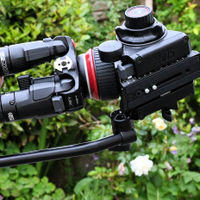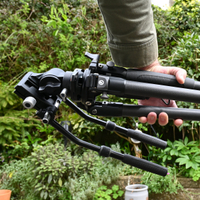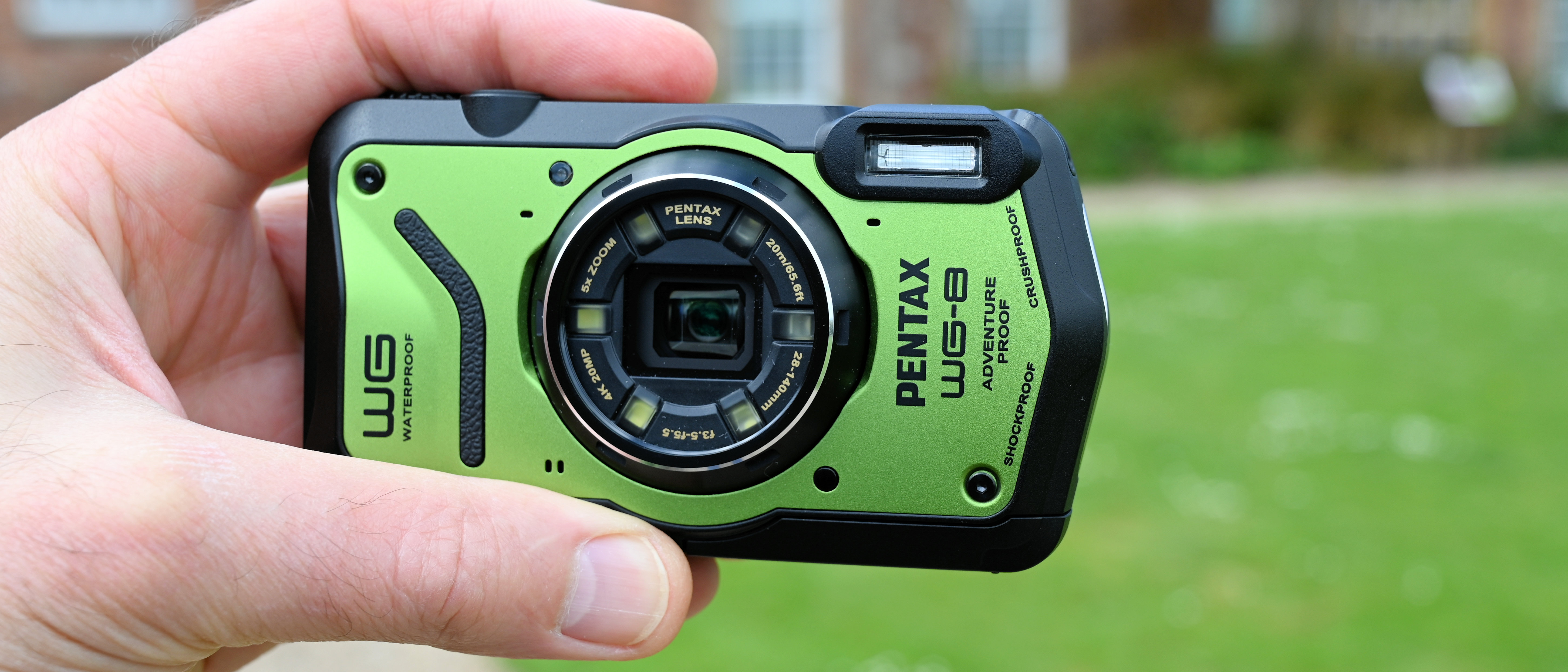Digital Camera World Verdict
I like that the Neewer LL27 video tripod with fluid head is quick and easy to set up, from its single-lock legs to its leveling bowl base, and that it has a very tall maximum operating height. It has a smooth feel to its fluid head and the kit feels well made throughout. However, despite a fairly heavyweight aluminum build, I found it to be quite prone to vibration at tall operating heights and it only has a fairly modest maximum load rating.
Pros
- +
One-step quick locks
- +
Sturdy with mid-level spreader
- +
Tall maximum height
- +
Nice fluid head
Cons
- -
Prone to vibration at high settings
- -
Quite weighty at 4kg / 8.8lb
- -
Modest 8kg / 17.6lb payload rating
- -
Counterbalance not adjustable
Why you can trust Digital Camera World
By and large (as well as tall and short) the best tripods for photographers are all about keeping everything locked firmly in place. The best video tripods are a whole different ball game, literally. Sure, you need to be able to lock them off when needed, but videography is often about following the action. Ball heads are out, fluid heads with silky smooth panning and tilting are in. You also need to be able to level the head, even if the legs aren’t perfectly level, which can be a time-consuming chore when you’re shooting on uneven terrain. Leveling is imperative so that your horizon doesn’t start to tilt when you’re panning.
With this in mind, video tripods usually feature a bowl base at the top of the legs. The Neewer tripod I’m reviewing here sets out to tick all those boxes and more. Neewer is a name you’ve probably heard of. The Chinese company has been operating since 2011 and has built up a huge array of photographic kit and accessories in its product lines over the years. A growing range of tripods is very much on the list.
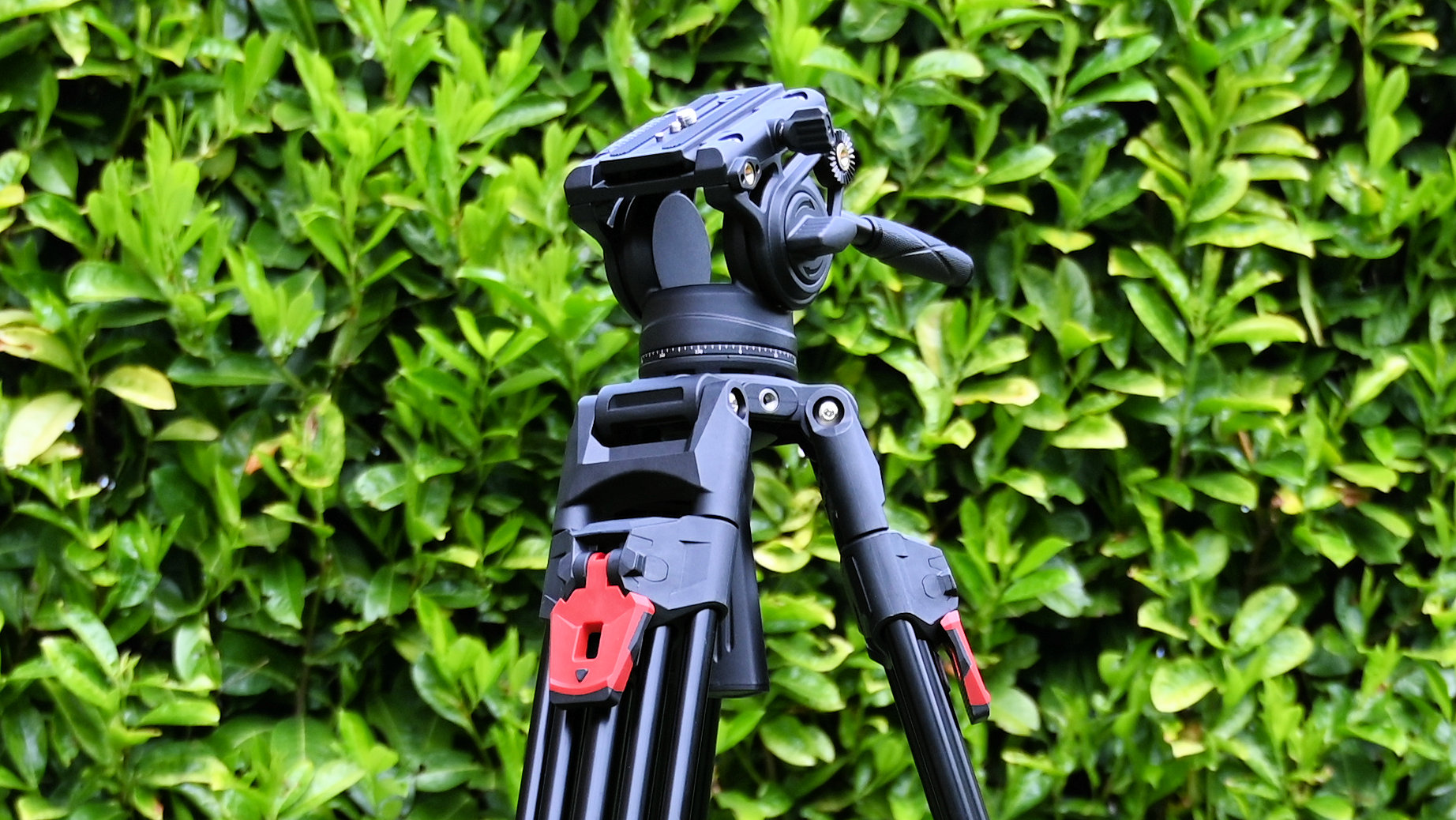
Neewer LL27 video tripod: Specifications
Material | Aluminum |
Folded height | 91cm / 36" |
Maximum operating height | 192cm / 76" |
Minimum operating height | 89.4cm / 35" |
Weight | 4kg / 8.8lb |
Load rating | 8kg / 17.6lb |
Sections per leg | Multi-tube |
Locking leg angles | 1, mid-level spreader |
Feet | Rubber pads |
Case/bag included | Padded soft case |
Neewer LL27 video tripod: Price
What price a decent video tripod? Low-budget options start at around $90 / £100/ AU$190 and pro-grade sticks like the Manfrotto 635 Fast Carbon Fiber tripod + 504X head cost around $1,300 / £1,000 or more. Typical of Neewer kit that I’ve reviewed and bought in the past, the LL27 video tripod with fluid head looks and feels well made, and has some nice design flourishes, making it appear good value at $200 / £240 / AU$378.
Neewer LL27 video tripod: Design & Handling
Let’s kick off with feet, which seems kinda logical. The ones for this tripod kit are large, firm rubber pads which are fitted to solid metal balls. They enable a firm footing, and you can angle them to sit flat on the floor. The legs above stick with a certain tradition for video tripods, in that they’re made from multiple tubes of aluminum.

The top and middle sections both feature a pair of tubes, and the lowest section is made from a single tube. The net result is that instead of the leg sections having a concentric, telescoping action with fatter sections at the top and thinner ones at the bottom, the line of tubes glide in and out separately through guides. Even at it’s shortest setting, or folded away for storage, you can therefore clearly see all of the leg-section tubes all of the time.
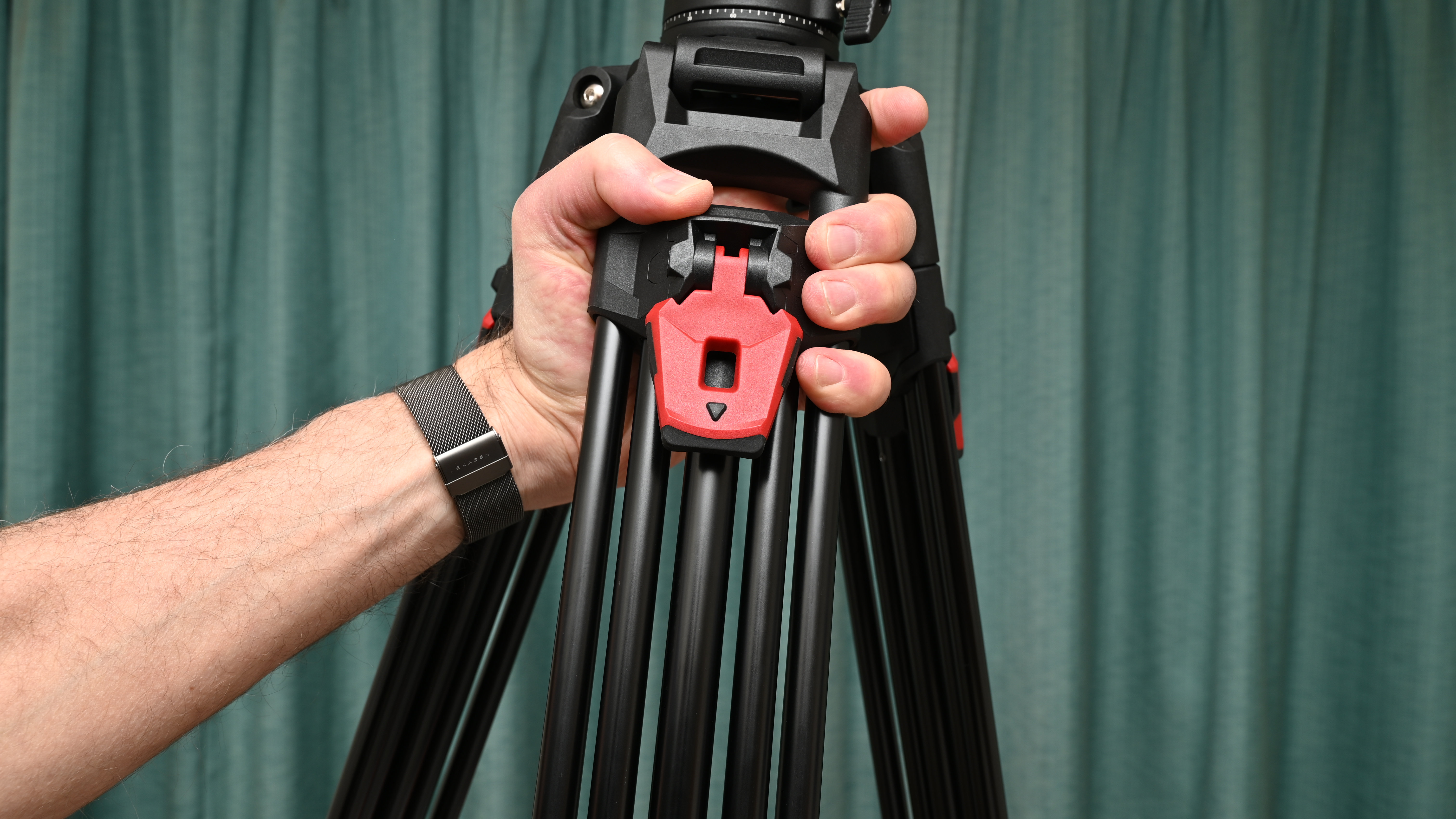
A time-waster for extending and contracting tripod legs to any desired height is that most feature twist- or flip-action clamps for each and every section. So, for example, if you’ve got a 3-legged tripod (the obvious number) with four sections in each leg, that’s a total of nine separate clamps to contend with. The legs of the LL27 are designed so that there’s only one single lock/release lever for each leg. That makes it relatively quick and easy to set the tripod to your desired height and lock the legs in place. The way the system works also makes it simple to get the legs to an approximation of level.
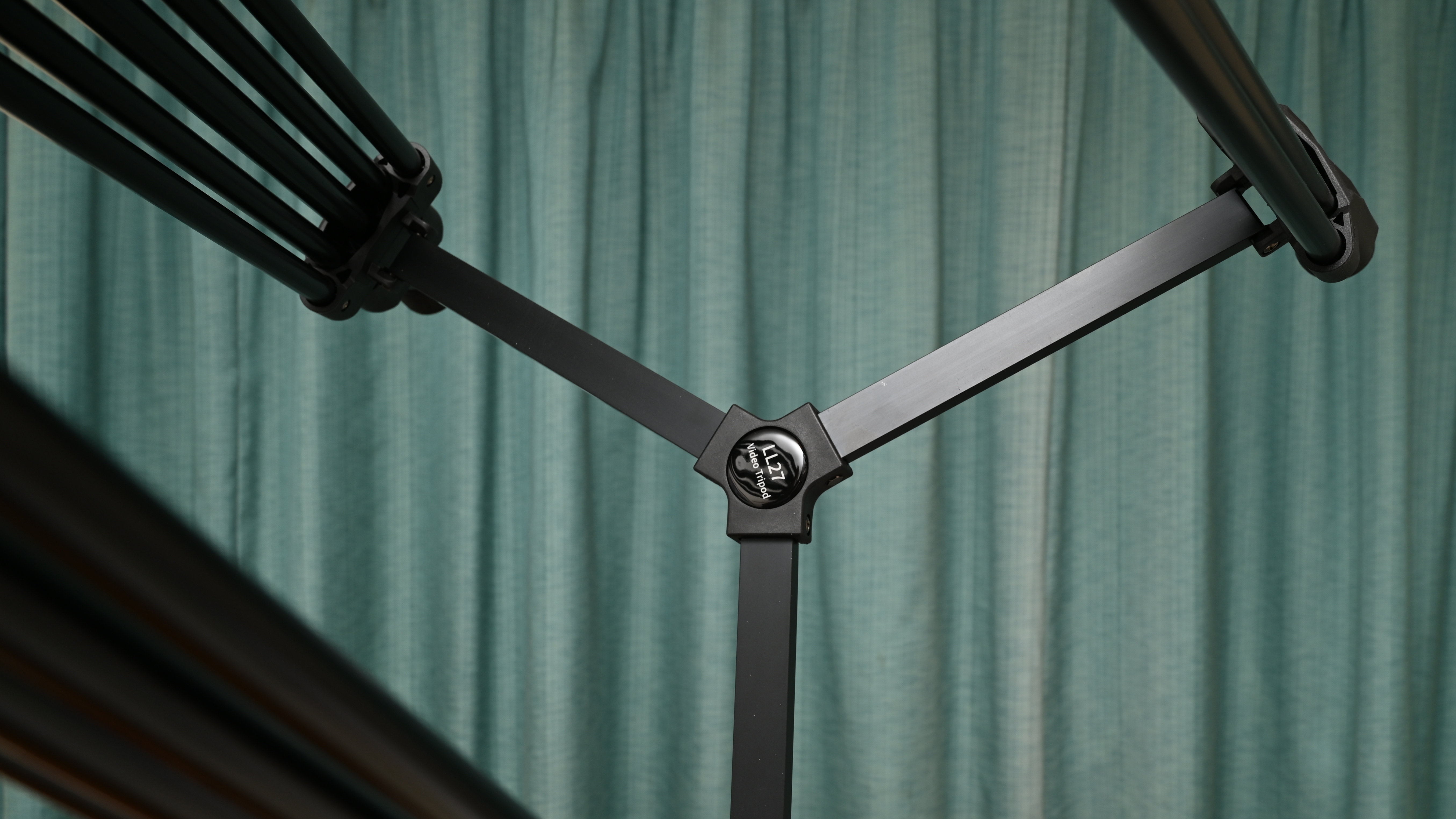
Up at the top of the legs is the leveling bowl, which is a pretty solid feeling item with a 75mm / 3” diameter. A conventional twist-action handle beneath the bowl enables quick and easy loosening and clamping, and it has a fairly generous amount of tilt in all directions to ensure that the base supporting the head is leveled. A bubble level on the lower part of the head serves as a leveling aid.

Another nice touch is that the platform at the top of the legs features two sockets with standard ¼” threads. These enable the easy attachment of accessories like magic arms, LED lights, a microphone, a monitor screen or whatever else takes your fancy.
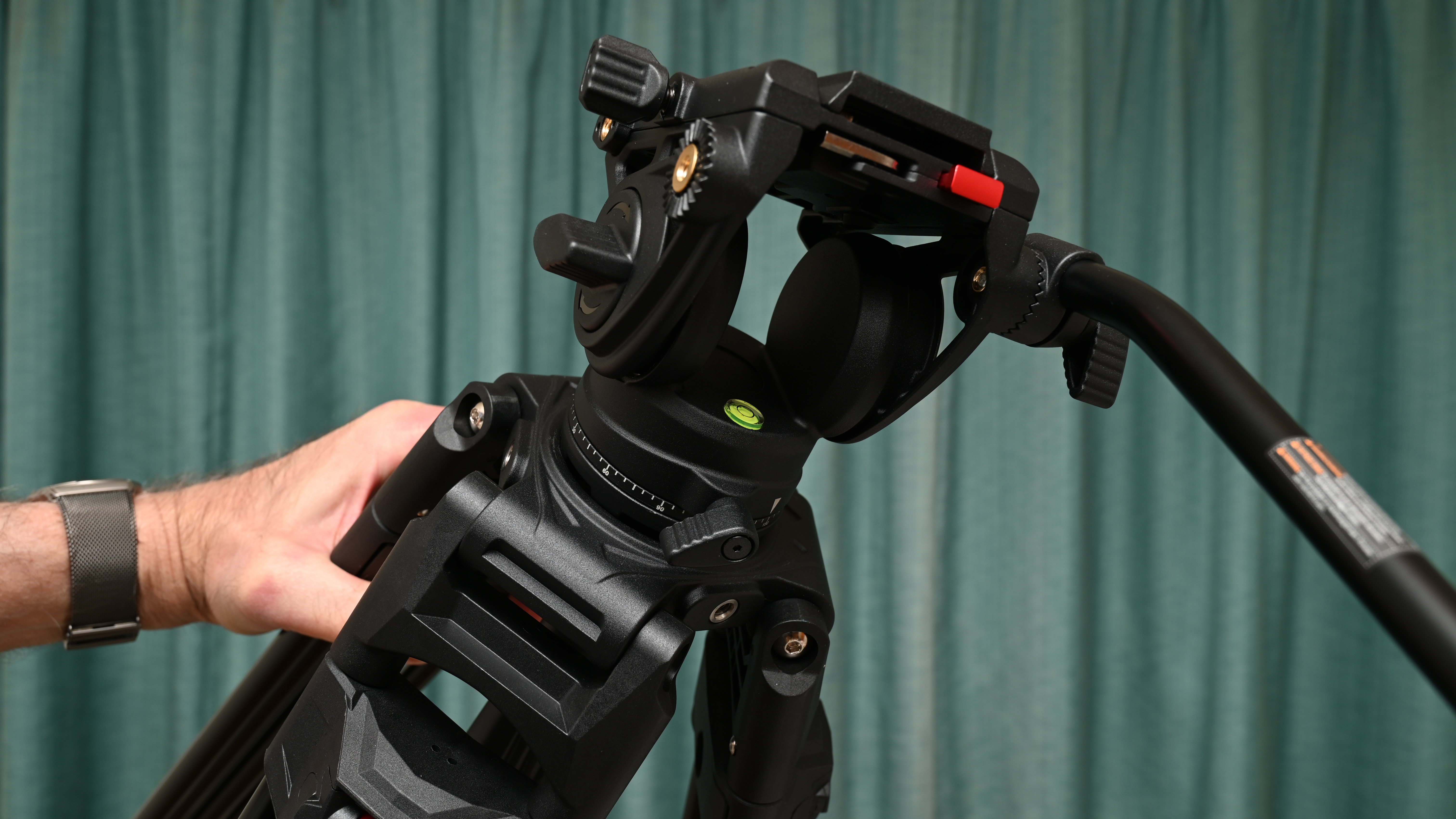
Let’s move on up to the head. Naturally, it’s of the fluid variety, designed to enable smooth panning and tilting when you’re following the action in videography. As I’d hope for, the panning handle can be fitted to either side of the head, to suit left-handed or right-handed use, while splines on the mount ensure a secure fit at any desired operating angle.
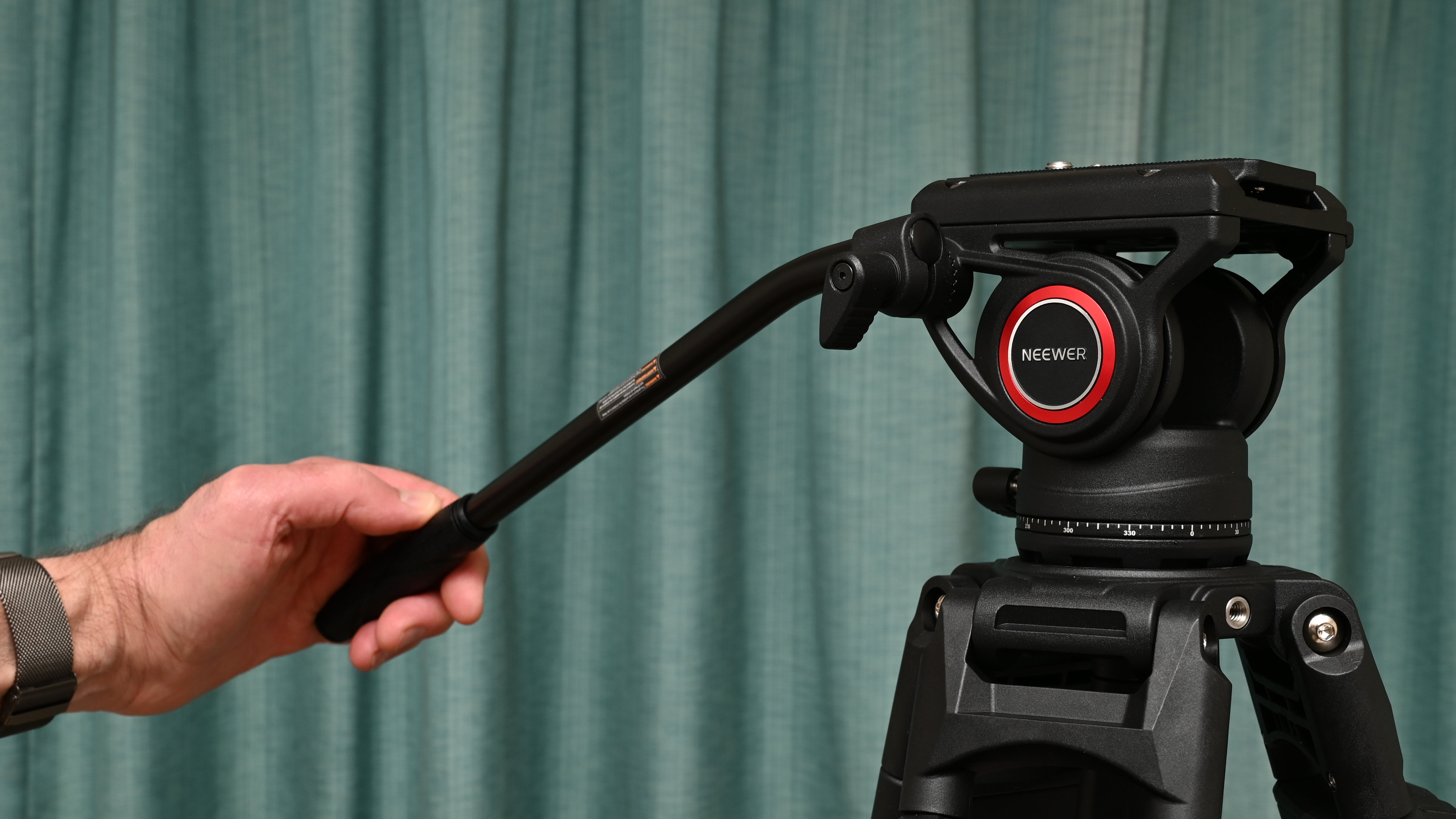
There are two independent locks, one for panning and the other for tilt. The panning lock is at the rear of the head and works in conjunction with a plate with calibrated markings throughout its full 360-degree turning circle. The twist-action clamp for tilt is on the side of the head and works simply enough. As with the tripod legs, there’s a ¼” threaded socket for attaching accessories, forward and upward of the tilt lock.
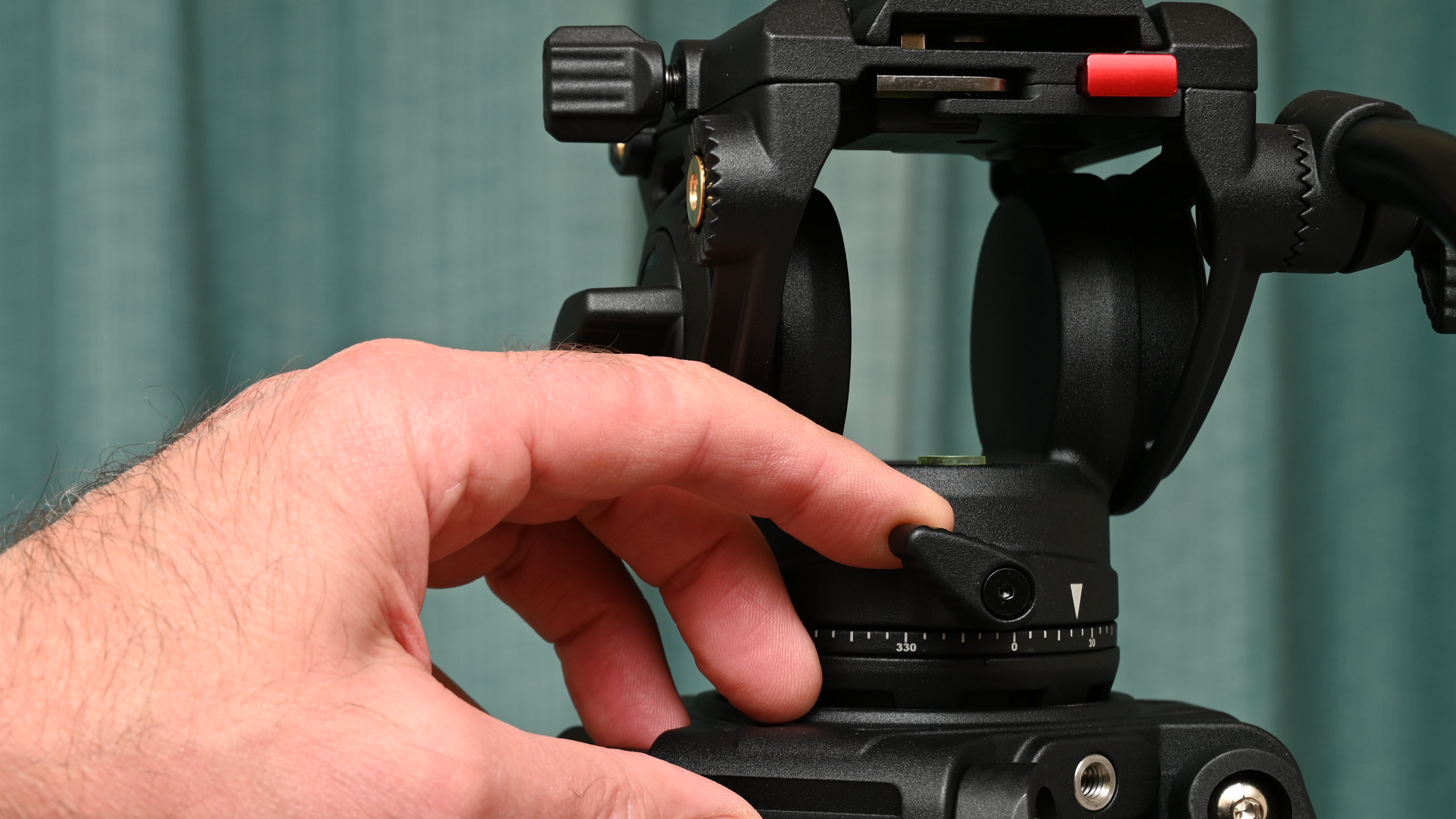
That just leaves the quick-release plate and its base section, which are impressive in themselves. The Arca-Swiss compatible quick-release plate has a generous length for ensuring a good balance with different camera/lens combinations, as well as both ¼” and 3/8” connection screws. Using both screws where possible helps to avoid unwanted twisting of the camera on the plate when you're panning. If you can only use one, a rubber bung enables you to remove the screw that you’re not using. There’s also a spring-loaded locking pin that protrudes from the upper surface of the plate.
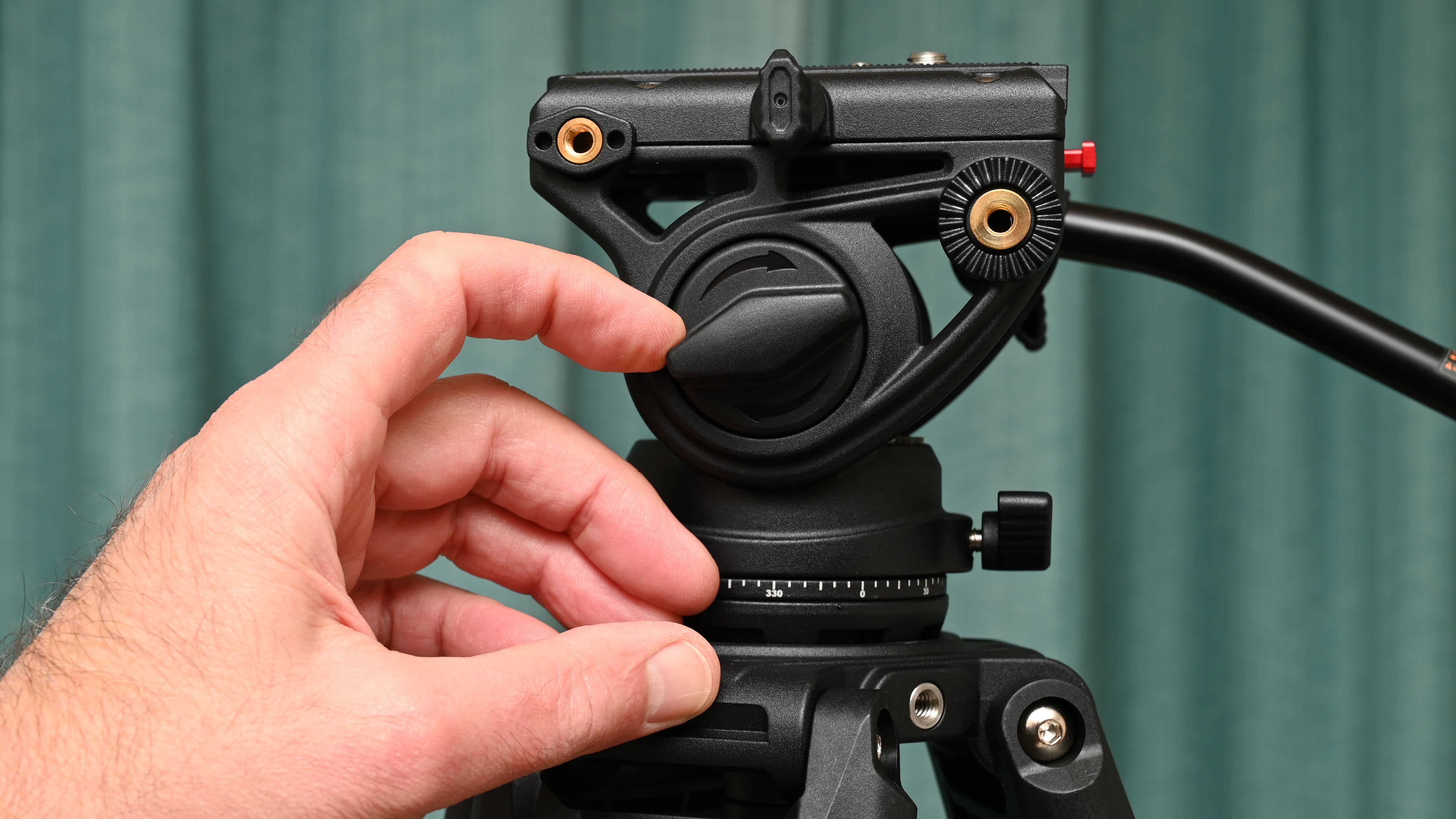
The base for the quick-release plate features a locking screw at the side, plus a red safety release pushbutton at the rear. I’m also impressed that a quick pushbutton selector on the top of the base ensures wide-ranging compatibility with dual QR modes, to suit DJI, RS2, RS3 and RS3 PRO gimbal, as well as Manfrotto 501PL and 504PL quick release plates. There’s also a hex key that conveniently slots into the back of the base plate, secured by magnets, for fastening cameras to the quick-release plate.
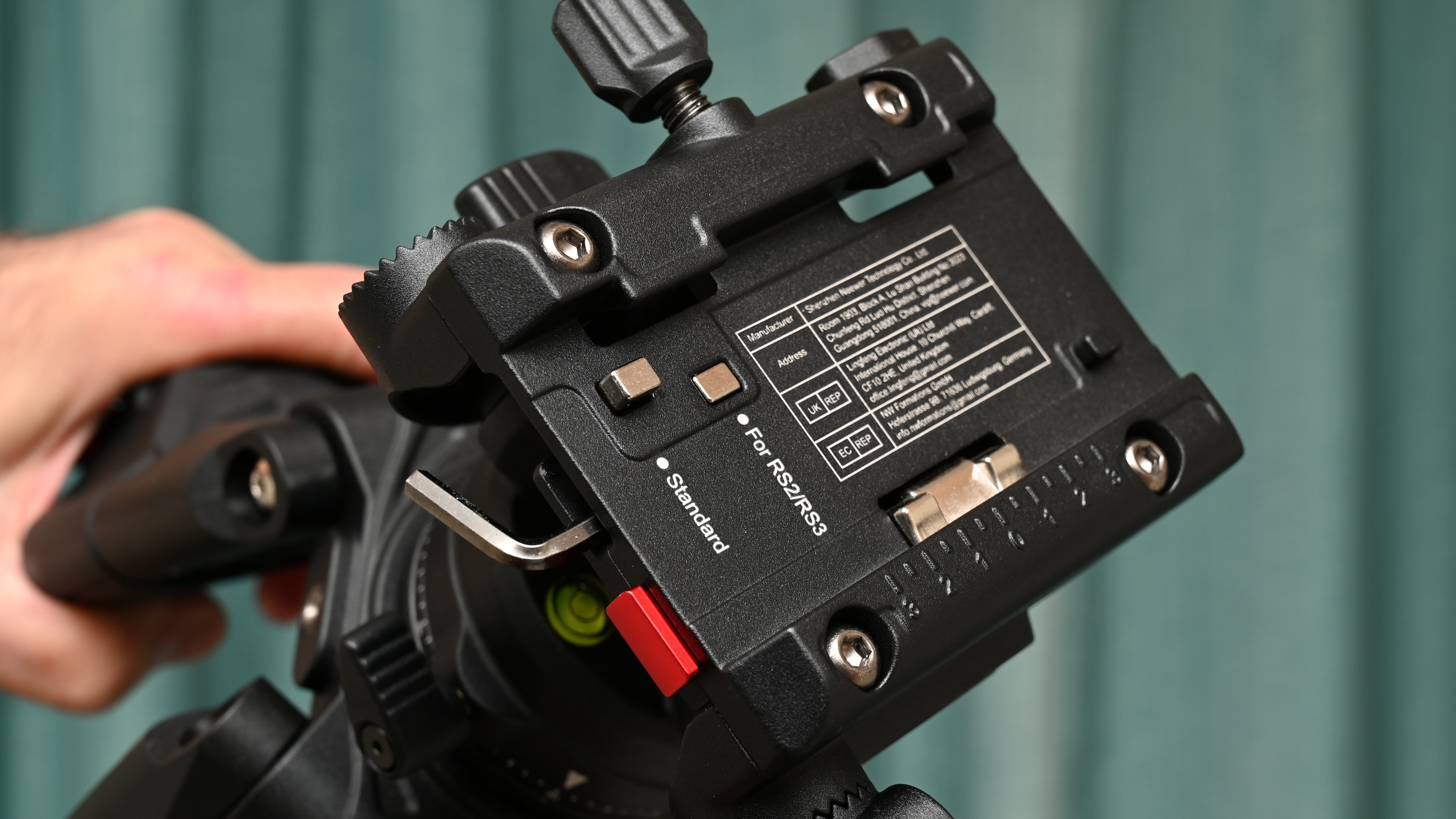
Neewer LL27 video tripod: Performance
Speed can be of the essence when you’re setting up for unmissable shots, whether they’re at weddings or other events. I like that the single clamp per leg enables a quick setup time and that the clamps lock firmly in place to avoid any sagging. The spreader also helps to firm things up but I miss the option of really low-level shooting.
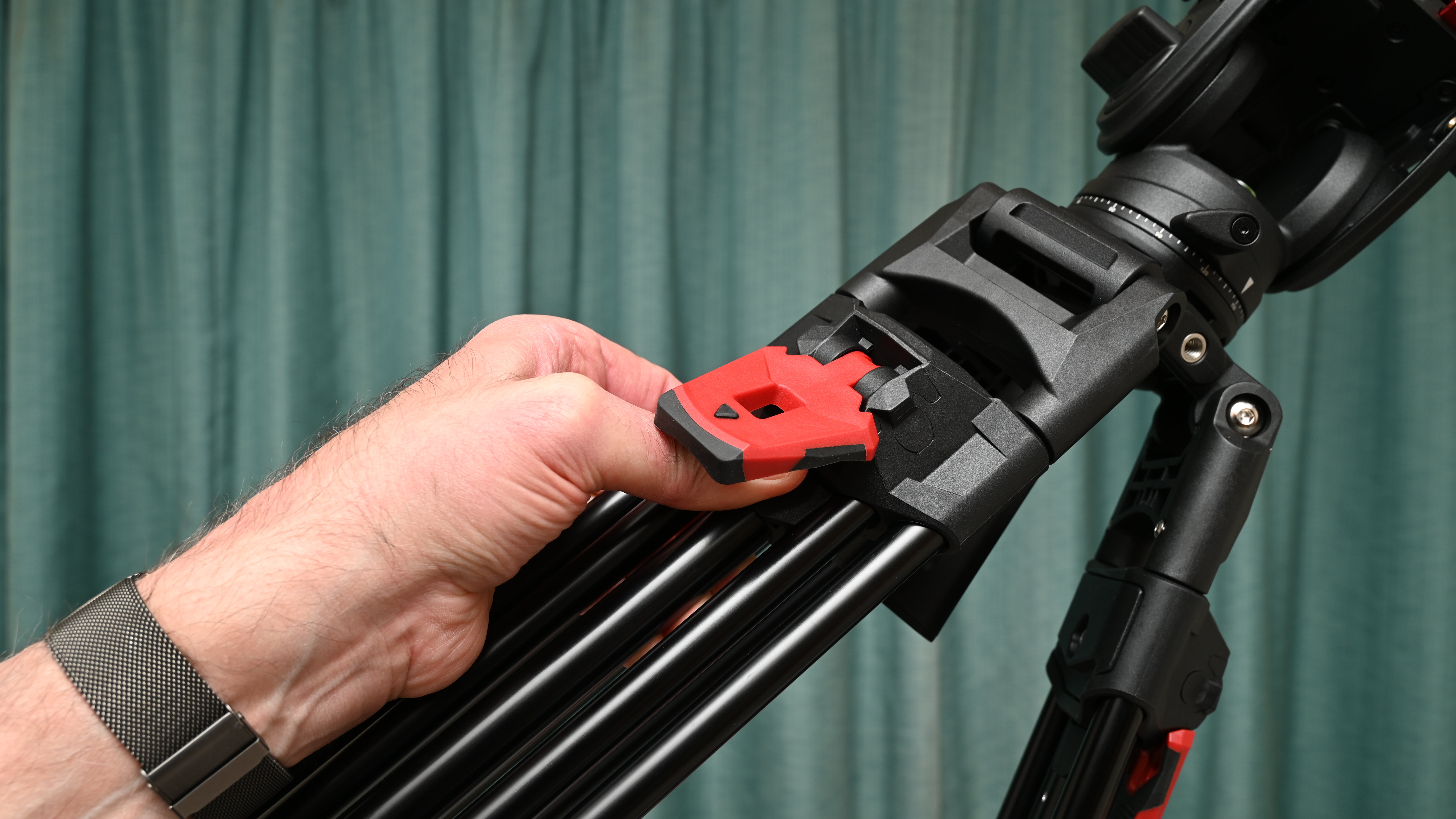
The feet give a firm foundation to the tripod, which itself feels really solid at low to medium operating heights. However, I found it quite prone to unwanted flexing and vibrations, at or near its (albeit very generous) maximum operating height. I’d have preferred a little more rigidity.
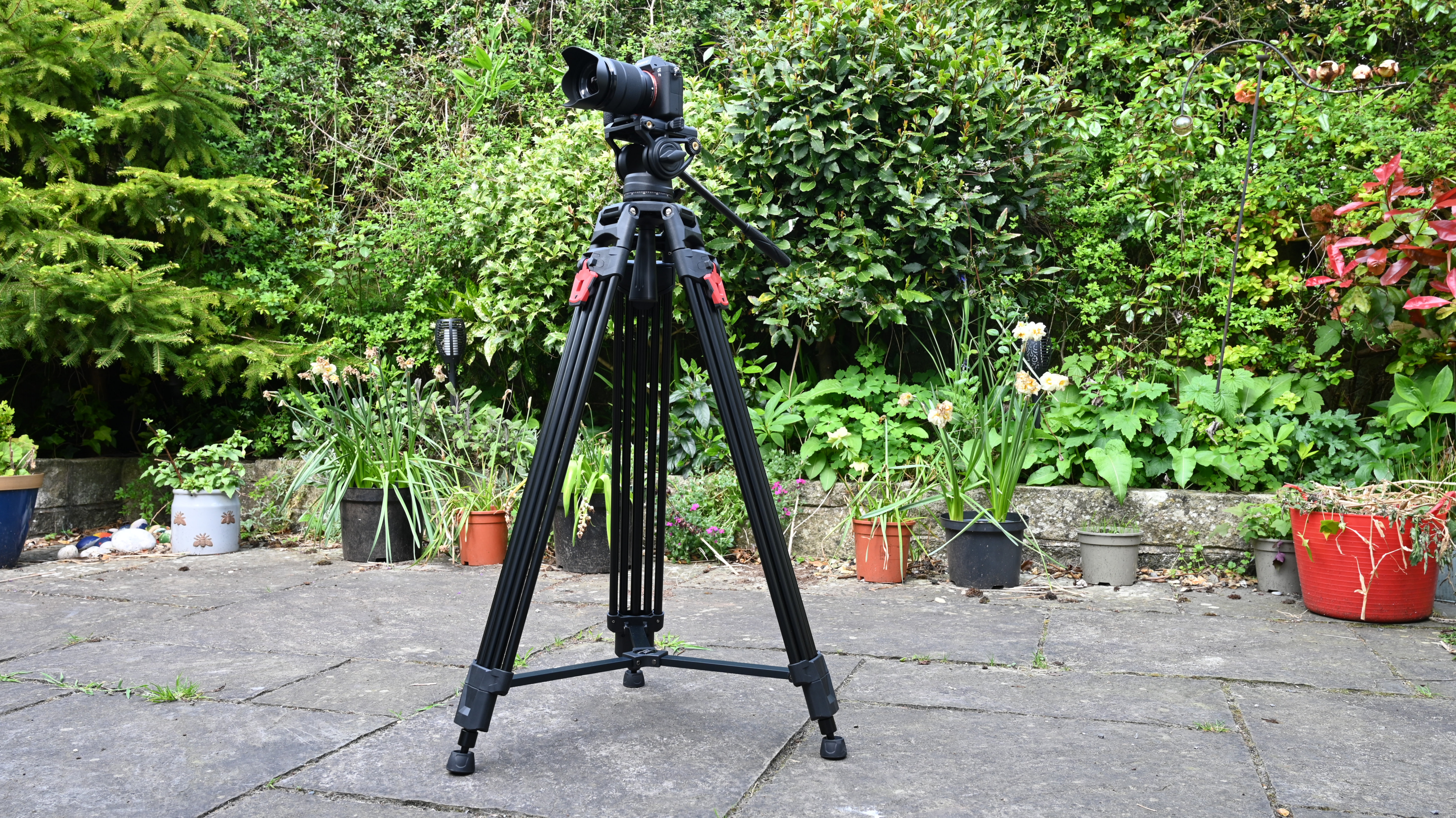
For panning and tilting, there’s a good fluid feel to the head, which works well overall. There’s a nice sprung feel to the tilt action although there’s no adjustable counterbalance system to cater to different weights of camera system.
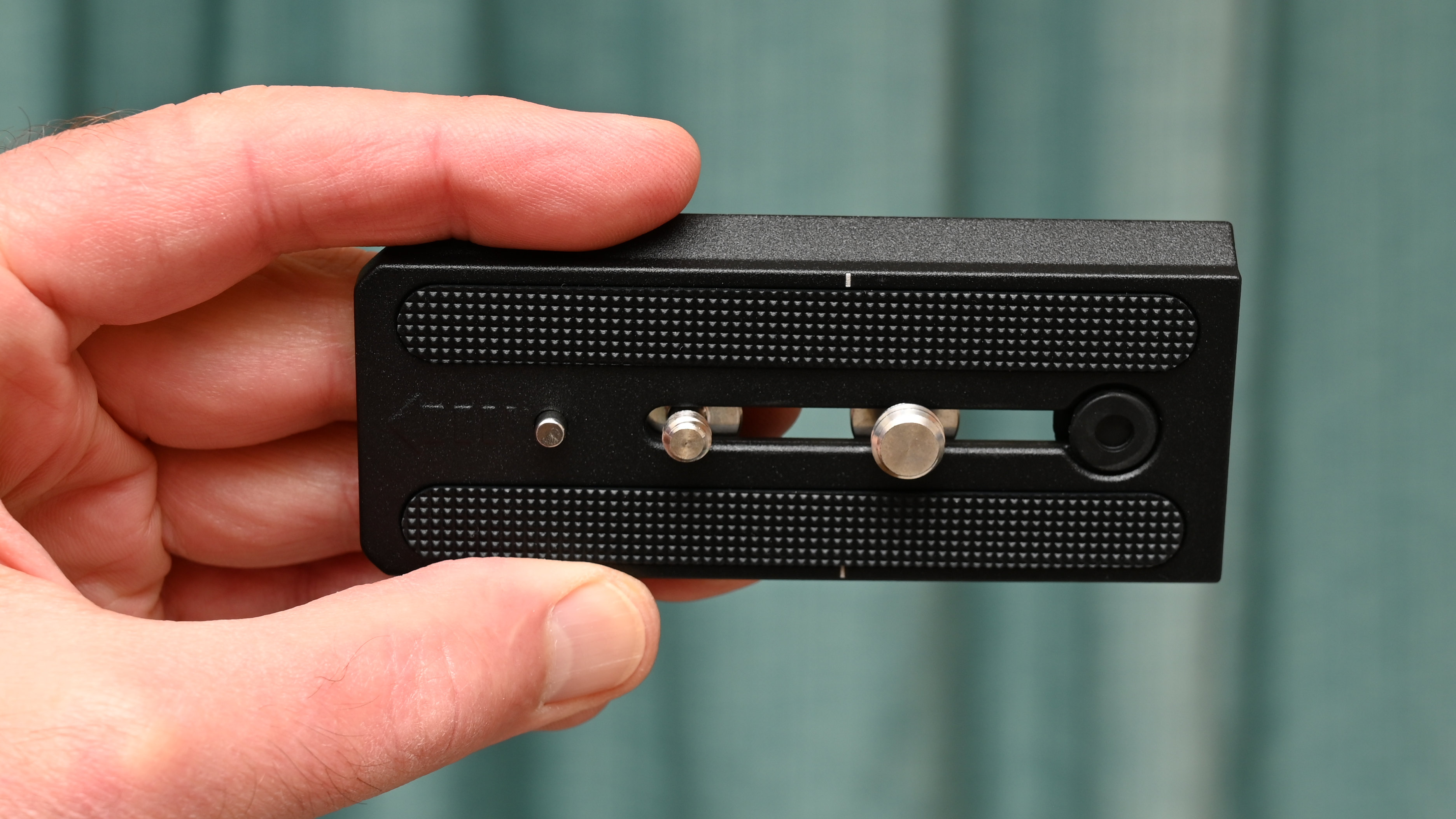
Neewer LL27 video tripod: Verdict
Nobody wants to spend more than they need to, especially in this day and age. If I was a professional videographer, I could easily make a case for buying the finest carbon fiber video tripod that would stand up to the grind of hard daily use. But I’m not. If you’re like me and you only shoot video in your spare time, this Neewer kit offers a generous set of features and good performance, at a much more affordable price. I like that it reaches such a towering maximum height. I’m not so keen that it feels a bit wobbly at full stretch, and I’d like it to go lower for near-ground-level creative shots. But at the end of the day, it’s a solid set of sticks with a smart fluid head that does the job at a very tempting price.
Features ★★★★☆ | The single-clamp legs make for quick and easy setup and there’s a good range of features in the head as well as the legs. |
Design ★★★★☆ | The design is mostly conventional but well thought out. Build quality feels pretty good. |
Performance ★★★★☆ | It’s a little lacking in rigidity at full height but the fluid head works with a nicely smooth action in both axes. |
Value ★★★★☆ | For a complete kit that includes a good set of aluminum legs and a highly functional video head, it’s very good value for money. |
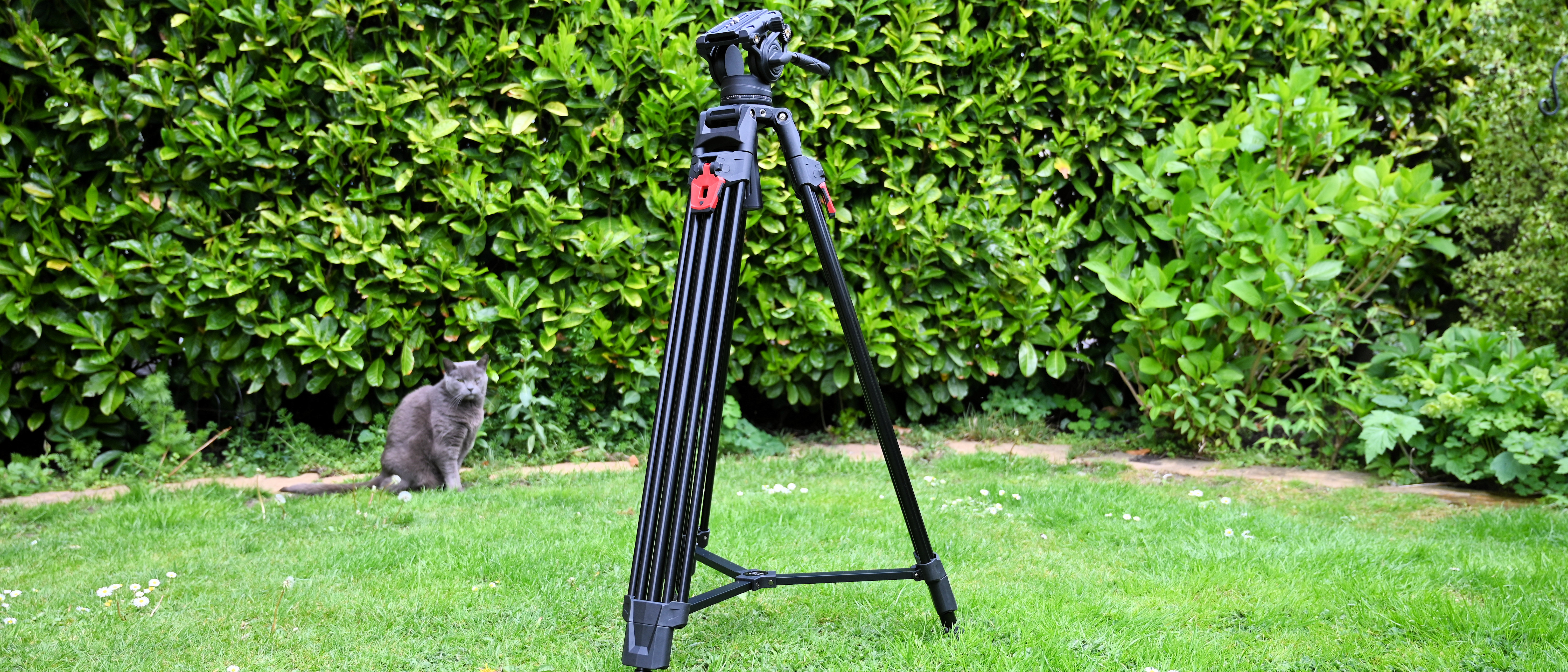
Alternatives
The Manfrotto 635 Fast Carbon Fiber tripod + 504X head is a pro-grade video tripod with a price to match, at around $1,300 / £1,000. One of it’s standout features is that each leg requires a single twist for super-fast height adjustment.
The heavy-duty Vanguard Alta Pro 3VRL 303CV 18 video tripod feels a luxurious carbon fiber kit. It weighs in at 3.26kg and has a maximum load rating of 25kg for the legs and 15kg for the fluid head. It costs around $500 / £479 to buy.
Matthew Richards is a photographer and journalist who has spent years using and reviewing all manner of photo gear. He is Digital Camera World's principal lens reviewer – and has tested more primes and zooms than most people have had hot dinners!
His expertise with equipment doesn’t end there, though. He is also an encyclopedia when it comes to all manner of cameras, camera holsters and bags, flashguns, tripods and heads, printers, papers and inks, and just about anything imaging-related.
In an earlier life he was a broadcast engineer at the BBC, as well as a former editor of PC Guide.
You must confirm your public display name before commenting
Please logout and then login again, you will then be prompted to enter your display name.
